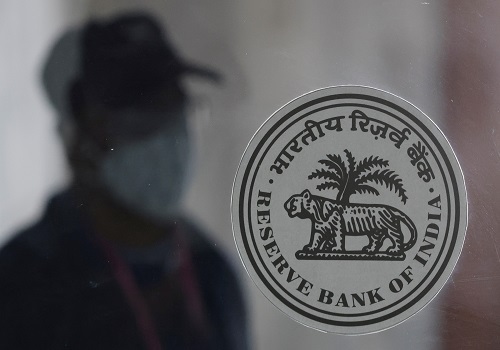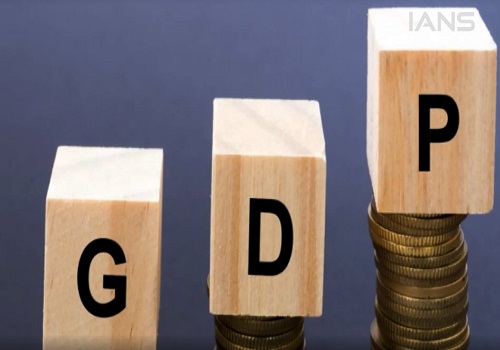India to be $3.7 trillion economy in 2023: RBI article

Follow us Now on Telegram ! Get daily 10 - 12 important updates on Business, Finance and Investment. Join our Telegram Channel
Highlighting that the macro-economic stability is getting entrenched, a Reserve Bank of India (RBI) article stated that India will be a $3.7 trillion economy in 2023, maintaining its lead over the UK as the fifth largest economy of the world. The article titled ‘State of the Economy’ published in the January bulletin of the RBI said recent data arrivals indicate that the first milestone of monetary policy is being passed – bringing inflation into the tolerance band. The article authored by a team lead by RBI Deputy Governor Michael Debabrata Patra said the objective during 2023 is to tether inflation therein so that it aligns with the target by 2024 - the second milestone.
The article said ‘At current prices and exchange rates, therefore, India will be a $3.7 trillion economy in 2023, maintaining its lead over the UK as the fifth largest economy of the world’. It said a slowdown in growth with possibilities of recession in large swathes of the global economy has become the baseline assessment even as inflation may average well above targets. Emerging markets are appearing more resilient than in the year gone by, but their biggest risks in 2023 stem from US monetary policy and the US dollar. It said ‘In India, the softening of commodity prices and other costs amidst strong revenues appears to have boosted corporate performance’.
The article further said fiscal consolidation is underway at central and sub-national levels, graduated to nurture the pace of the economic recovery. It added lead indicators suggest that the current account deficit is on course to narrow through the rest of 2022 and 2023. It also said ‘…2023 may well be the opening ajar of a window in which India’s time on the world stage is arriving’.
With the merchandise trade deficit reaching an all-time high of $83.5 billion in a quarter, and an increase in net outgo from the income account, the current account deficit (CAD) increased to 4.4 per cent of GDP in the second quarter of 2022-23. The CAD for April-June quarter of fiscal was revised down from 2.8 per cent to 2.2 per cent on account of downward adjustment in customs data. The article said similar adjustments may impinge on the CAD for the second quarter of 2022-23 as customs data or imports are revised.












 320-x-100_uti_gold.jpg" alt="Advertisement">
320-x-100_uti_gold.jpg" alt="Advertisement">












